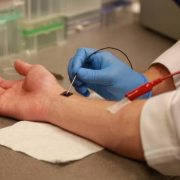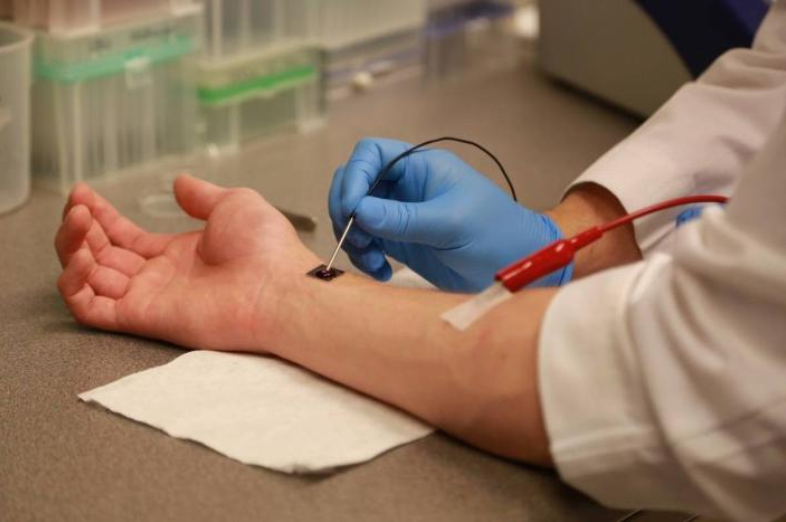The 6th
Biomedical Engineering International Conference (BMEiCON2013) is intended to provide an international forum where researchers, practitioners, and professionals interested in the advances in, and applications of, biomedical engineering can exchange the latest research, results, and ideas in these areas through presentation and discussion. All presented papers will be submitted for inclusion in
IEEE Xplore. Also selected papers are encouraged to publish in the International Journal of Applied Biomedical Engineering (IJABME). The BMEiCON2013 will be held in
Krabi, Thailand, on October 23?25, 2013.
Krabi locates on
Southern Thailand’s East Coast where is an area of outstanding natural beauty. Krabi is a great place to relax and much of the province has been designated national park. The Krabi coastline is dotted with rarely visited tropical islands, palm fringed beaches, waterfalls, caves, and strange rock formations. The organizing committee is pleased to invite all researchers, engineers, physicians, scientists, technicians, and technologists to attend and help shaping the future of biomedical engineering. The topics for regular sessions include, but are not limited to, the followings:
-Biomedical signal processing
–
Biomedical imaging and image processing
-Bioinstrumentation
-Bio?robotics and biomechanics
– Bio Informatics
-Biosensors and Biomaterials
-Cardiovascular and respiratory systems engineering
-Cellular and
Tissue Engineering
-Healthcare information systems
-Human machine/computer interface
–
Medical device design
-Neural and rehabilitation engineering
-Technology commercialization, industry, education, and society
-Telemedicine
-Therapeutic and diagnostics systems
-Recent advancements in biomedical engineering
Submission of Papers
Prospective authors are invited to submit full?length papers, including figures, tables, and references, via our website. All papers will be peer reviewed and handled electronically.
All papers submitted must be previously unpublished and may not be considered for publication elsewhere at any time during the review period. Any accepted paper included in the final program is expected to have at least one author or qualified proxy attend and present the paper at the conference.
Special Session Proposal
Special session proposal must include a topical title, rationale, session outline, contact information, and a list of invited speakers. Special session authors are referred to our website for additional information regarding submissions.
Important Dates
-Special session proposal due April 19, 2013
-Notification of special session acceptance May 20, 2013
-Regular
paper submission deadline June 30, 2013
-Notification of regular paper acceptance July 31, 2013
-Camera?ready submission deadline August 30, 2013
-Early registration deadline September 9, 2013..
Permanent link to this post (389 words, 1 image, estimated 1:33 mins reading time)






